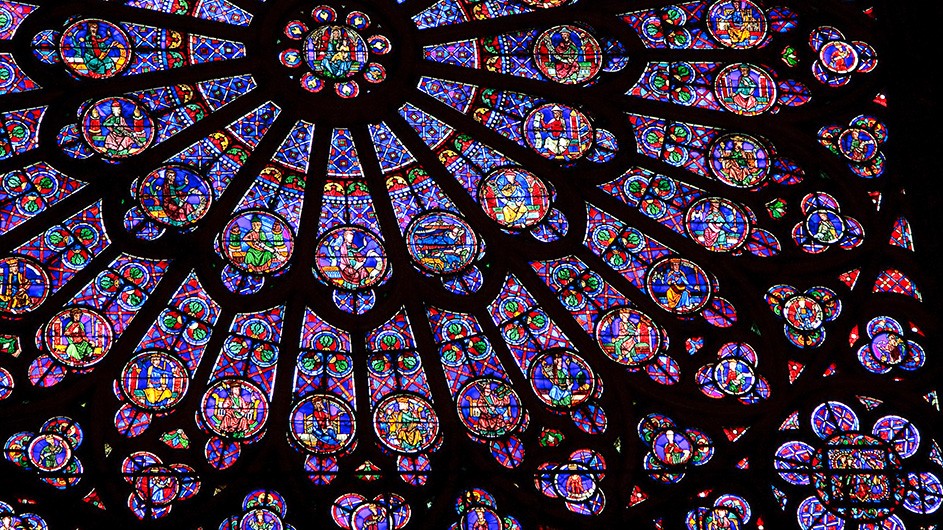It is important to note that while much of the building remains standing, the porous stone is not impervious to extreme temperatures, or to the thousands of gallons of water that, poured onto the roof, have seeped into the crypt and basement.
Notre-Dame, like any building, is impermanent and made of lowly, earthly materials. It has succumbed to its fair share of damage (neglect and vandalism) since its completion in the 14th century. The French people will rebuild it once more, in a style of their own choosing, and it will continue to capture our minds and hearts for another nine centuries.

